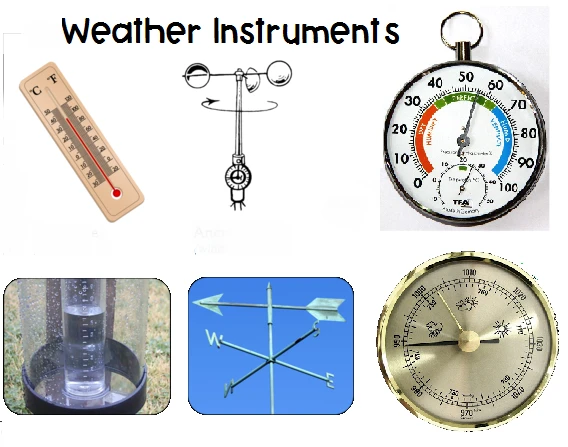Weather Instruments: Essential Tools for Accurate Forecasting

# Weather Instruments: Essential Tools for Accurate Forecasting
## Introduction to Weather Instruments
Weather instruments are specialized tools designed to measure various atmospheric conditions. These devices play a crucial role in meteorology, helping scientists and weather enthusiasts collect accurate data for forecasting and climate studies. From simple thermometers to sophisticated radar systems, weather instruments provide the foundation for understanding our ever-changing atmosphere.
## Basic Weather Instruments Every Station Needs
### Thermometer
The thermometer is perhaps the most fundamental weather instrument, measuring air temperature. Modern digital thermometers provide quick and accurate readings, while traditional mercury or alcohol thermometers remain reliable options for many weather stations.
### Barometer
Barometers measure atmospheric pressure, a key indicator of upcoming weather changes. A sudden drop in pressure often signals approaching storms, while rising pressure typically indicates fair weather. Both aneroid and digital barometers are commonly used today.
### Hygrometer
This instrument measures humidity levels in the air. Understanding humidity is essential for predicting precipitation, fog formation, and even human comfort levels. Psychrometers (wet-and-dry bulb thermometers) and electronic hygrometers are the most common types.
## Advanced Weather Measurement Tools
### Anemometer
Anemometers measure wind speed, while wind vanes determine wind direction. These instruments are crucial for understanding weather patterns, especially in severe weather situations. Cup anemometers and ultrasonic models are popular choices among professionals.
### Rain Gauge
Precipitation measurement is vital for weather forecasting and climate studies. Standard rain gauges collect and measure liquid precipitation, while more advanced models can differentiate between rain, snow, and hail.
### Ceilometer
These specialized instruments measure cloud height and vertical visibility. They’re particularly important for aviation weather services and in studying cloud formation patterns.
## Modern Weather Technology
### Weather Radar
Doppler radar systems have revolutionized weather forecasting by providing real-time information about precipitation intensity and movement. These systems can detect severe weather phenomena like tornadoes and thunderstorms long before they reach populated areas.
### Weather Satellites
Geostationary and polar-orbiting satellites provide comprehensive views of Earth’s weather systems. They monitor cloud patterns, storm development, and even help track climate change indicators like sea surface temperatures.
### Automated Weather Stations
Modern weather stations often combine multiple instruments into compact, automated systems. These stations can transmit data continuously, providing meteorologists with up-to-the-minute information for more accurate forecasts.
## The Importance of Proper Instrument Placement
To obtain accurate measurements, weather instruments must be properly sited and maintained. Thermometers should be placed in shaded, well-ventilated areas, while rain gauges need to be positioned away from obstructions that might block precipitation. Regular calibration and maintenance ensure the reliability of all weather instruments.
## Conclusion
Weather instruments form the backbone of meteorological science, from simple backyard weather stations to sophisticated national forecasting systems. As technology advances, these tools continue to improve, providing more accurate data that helps us better understand and predict weather patterns. Whether you’re a professional meteorologist or a weather enthusiast, understanding and properly using these instruments is essential for accurate weather observation and forecasting.
Keyword: wether instruments
